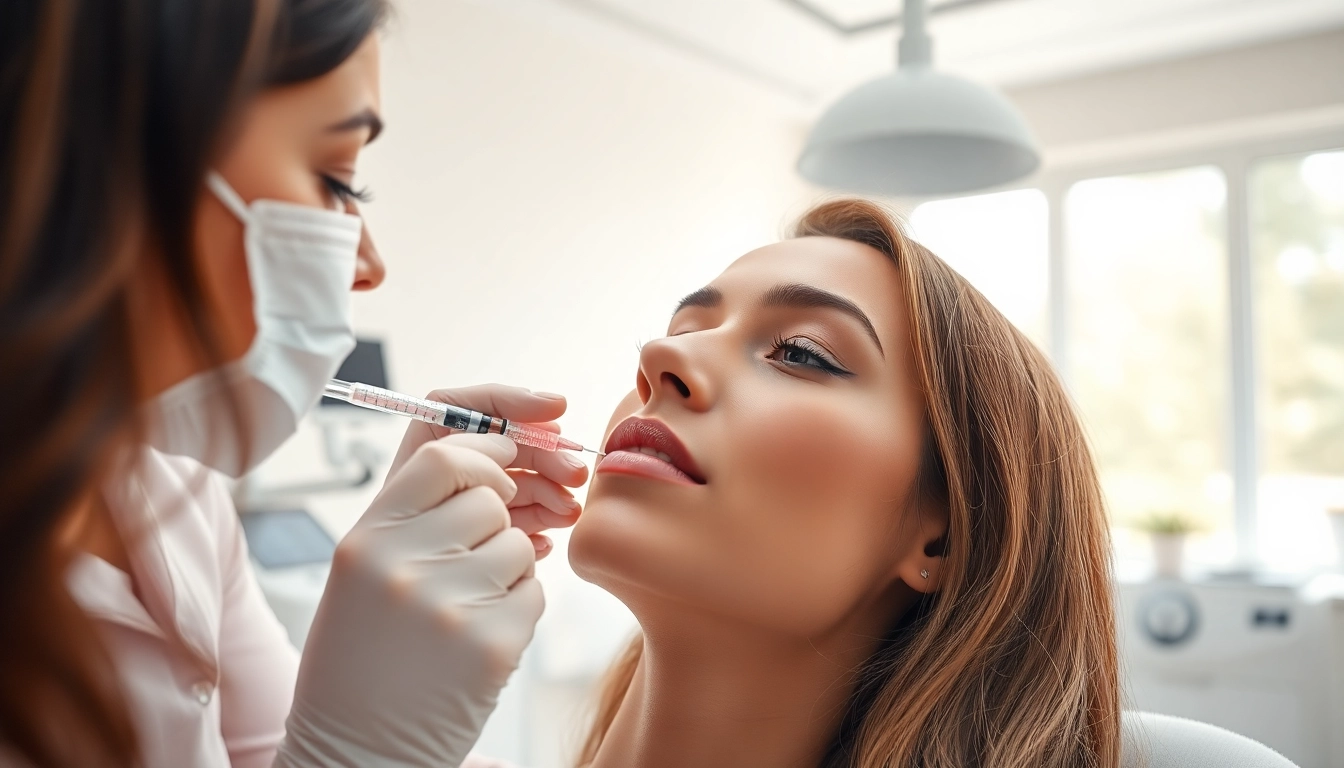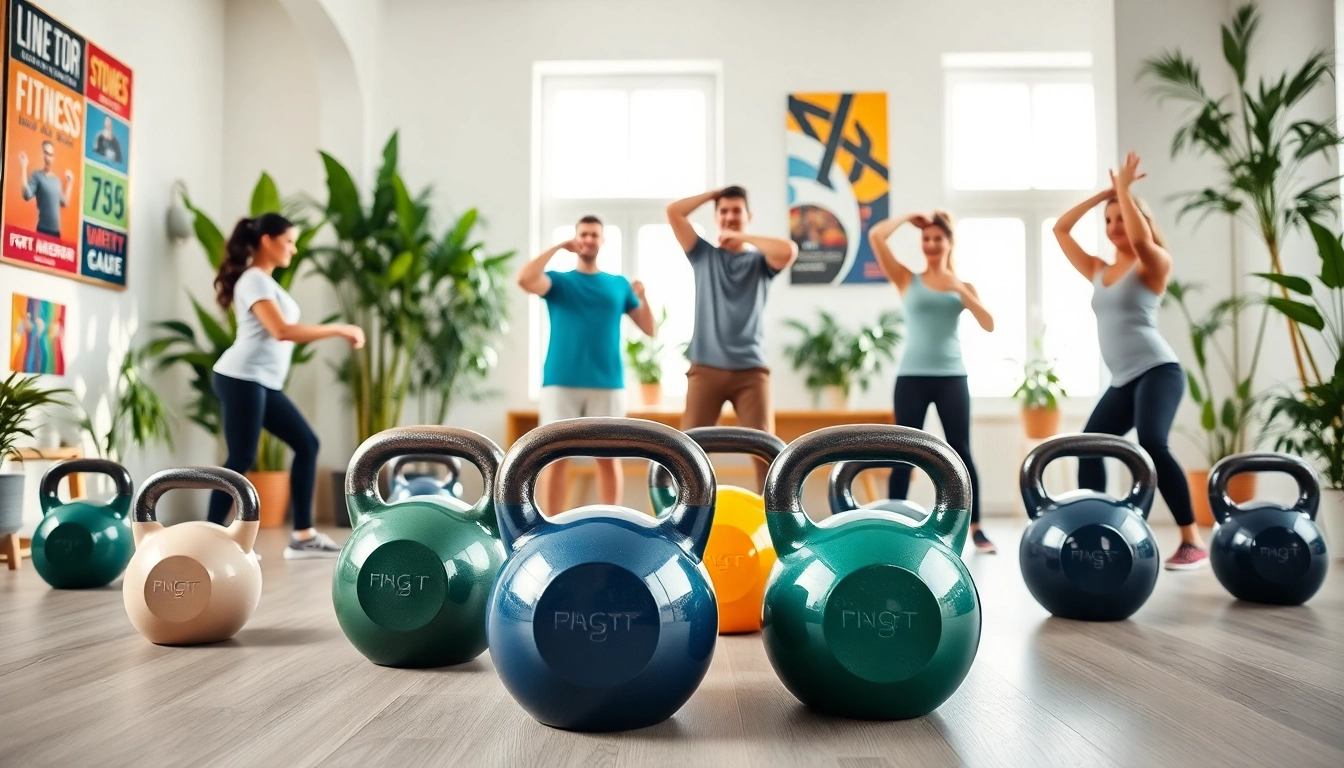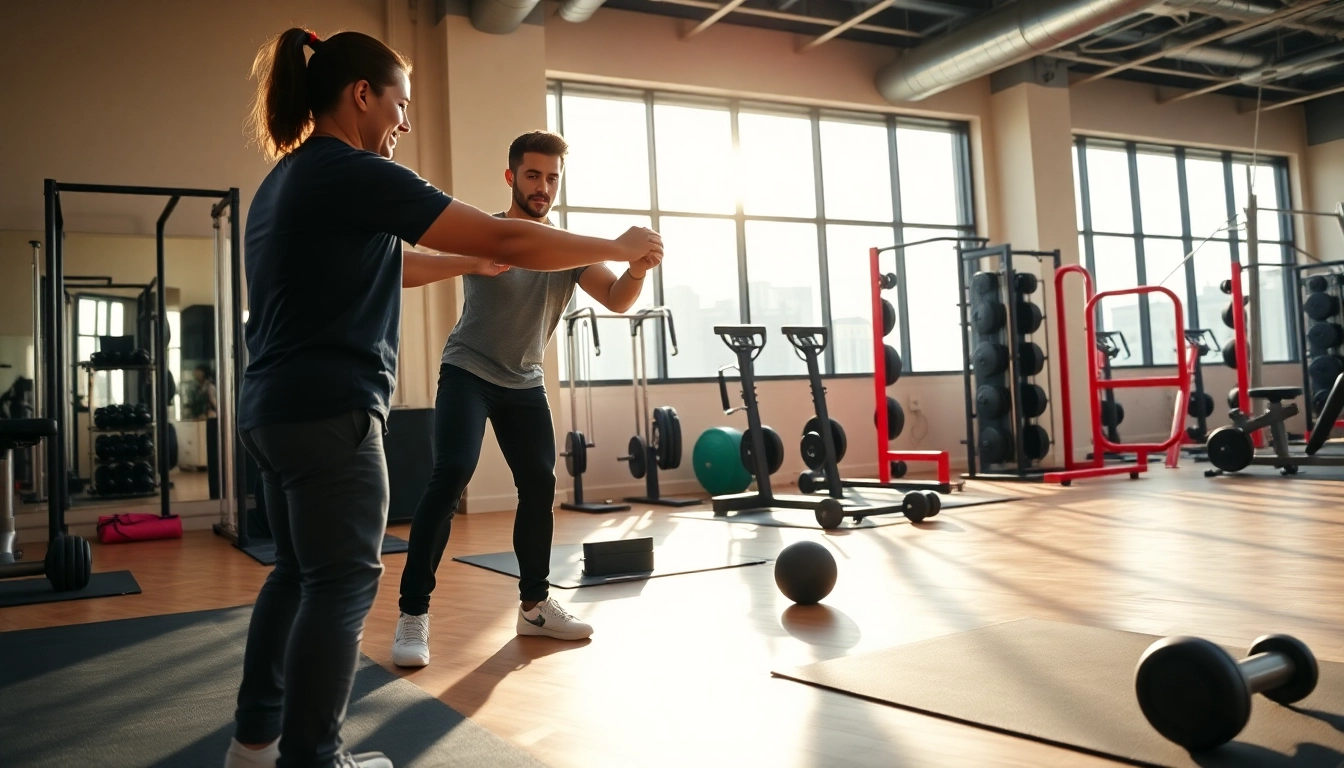Understanding Lip Fillers
What are Lip Fillers?
Lip fillers are aesthetic treatments designed to enhance the size, shape, and overall appearance of the lips. These nonsurgical procedures typically involve injecting a dermal filler, often containing hyaluronic acid, which is a substance naturally occurring in the body. The treatment aims to achieve a fuller, more youthful appearance of the lips while ensuring they remain natural-looking.
In recent years, the popularity of lip fillers has skyrocketed, appealing to individuals seeking enhancements without the need for invasive surgical procedures. This rise in demand has led to a variety of products and techniques being developed, providing clients with multiple options to suit their unique desires and facial structures.
Types of Lip Fillers Available
The primary types of lip fillers fall into two broad categories: hyaluronic acid fillers and collagen-stimulating fillers. Each category includes various brands and formulations designed for specific results. Below, we will explore these types further:
- Hyaluronic Acid Fillers: These are the most commonly used lip fillers. Products like Juvederm and Restylane are among the most popular brands. Hyaluronic acid is a hydrophilic substance, meaning it attracts water, resulting in enhanced volume and hydration of the lips.
- Collagen-Stimulating Fillers: Fillers such as Sculptra are designed to stimulate the body’s own collagen production. Although these are less common for lips due to longer onset times, they can create a natural volumizing effect over several sessions.
- Fat Transfer: This is a less common method involving the extraction of fat from another area of the body, such as the abdomen or thighs, which is then injected into the lips. While this method can provide more permanent results, it is more invasive than traditional fillers.
How Lip Fillers Work
Lip fillers work by injecting a formulated substance into the lip area that temporarily adds volume and alters the shape of the lips. This process begins with a thorough consultation where the provider will assess the client’s facial structure and discuss desired outcomes. Once both parties agree on a treatment plan, the procedure can commence.
During the procedure, a topical anesthetic may be applied to minimize discomfort. The filler is then injected into various points along the lips and the surrounding area, carefully sculpting and augmenting as required. Because hyaluronic acid fillers bind to water, the results can be immediate, with optimal effects visible after any swelling has subsided.
Benefits of Lip Fillers
Enhancing Lip Volume
One of the primary reasons individuals opt for lip fillers is to enhance volume. As we age, our lips may lose volume and elasticity due to natural collagen breakdown, leading to a thinner appearance. Lip fillers can restore this lost volume, providing a more youthful look and rejuvenating overall facial aesthetics.
Restoring Youthful Appearance
Moreover, fuller lips are often associated with youth and vitality. The enhancement provided by fillers can help in balancing facial proportions by drawing attention to the lips and enhancing the smile. Many clients find that fuller lips make them feel more confident and attractive, positively impacting their self-esteem.
Customizable Results for Each Client
Another significant advantage of lip fillers is their customizability. Each client has different lip shapes, sizes, and aesthetics they wish to achieve. Experienced practitioners can tailor the treatment according to the client’s face shape, lip biotype, and preferences. This individualized approach ensures that results are not only satisfying but also natural-looking, avoiding the common pitfalls of overfilled or unnatural appearances.
Choosing the Right Provider for Lip Fillers
Qualifications to Look For
Choosing the right provider for lip fillers is critical to achieving desirable outcomes and ensuring safety. Look for licensed professionals, such as dermatologists or plastic surgeons, with extensive training in aesthetic injectables. These providers should have a strong background in facial anatomy and be experienced specifically in administering lip fillers.
It’s beneficial to seek out practitioners affiliated with reputable medical organizations or those with certifications in cosmetic procedures. Reviews and testimonials can also provide insights into the provider’s experience and patient satisfaction rates.
Questions to Ask During Consultation
During the initial consultation, it is vital to ask the right questions to ensure you’re comfortable with your choice of provider. Consider asking the following:
- What type of filler do you recommend for me, and why?
- Can you show me before-and-after photos of previous clients who have undergone similar treatments?
- What is your approach to aftercare, and how do you manage any potential complications?
- How long can I expect the results to last, and what should I expect during the recovery period?
Assessing Before-and-After Portfolios
Reviewing previous work can give you a clear indication of a practitioner’s skill level and style. A reputable provider should have a before-and-after portfolio showcasing their results. Pay attention to the consistency of their work, the realism of the results, and whether the enhancements suit the individual client’s facial structures.
Inquire whether the professional has experience with clients who have similar goals to yours. This will help you gauge their expertise in achieving the specific look you desire.
What to Expect During the Procedure
Step-by-Step Breakdown of the Injection Process
An initial consultation will establish your treatment plan, taking into account your desired outcome and facial anatomy. On the day of the treatment, expect the following steps:
- Preparation: The provider will clean your lips and may apply a topical anesthetic to reduce discomfort.
- Marking: They might mark points on your lips to determine the precise areas for injection based on your goals.
- Injection: Using a fine needle or cannula, the practitioner will inject the filler into designated areas, often using several small injections for a balanced look.
- Sculpting: Post-injection, the practitioner may massage the filler to ensure even distribution and adjust as necessary.
Managing Pain and Discomfort
Although many patients report minimal discomfort during the procedure, utilizing anesthetics can enhance comfort. Practitioners often combine fillers with lidocaine, a local anesthetic, within the filler formulation to mitigate pain during the injection. Patients may experience some swelling and tenderness in the following days but generally recover quickly with minor visible side effects.
Aftercare and Recovery Tips
Post-treatment care is essential for optimal outcomes. While recovery is generally quick, patients should take note of the following tips:
- Avoid strenuous activities and heat exposure for the first 24 hours to minimize swelling and bruising.
- Use ice packs to soothe any swelling or discomfort during the initial recovery period.
- Refrain from lying down for the first few hours post-procedure to prevent the filler from shifting.
- Follow up with your provider if you experience excessive swelling or unusual pain.
Risks and Considerations of Lip Fillers
Common Side Effects to Be Aware Of
While many individuals enjoy positive results from lip fillers, there are always risks associated. Common side effects include:
- Bruising and swelling at the injection site
- Redness or tenderness in the treated area
- Asymmetry in results, necessitating additional adjustments
- In rare cases, more severe reactions such as infection or nodules may occur
Discussing these potential side effects openly with your provider can help set the right expectations and ensure you’re well-prepared.
Understanding Allergic Reactions
In rare instances, patients may experience allergic reactions to the ingredients within the filler. Symptoms can include rash, itchiness, or swelling that extends beyond the injection site. It’s crucial to disclose any previous allergies or medical conditions to your provider during the consultation to reduce the likelihood of adverse reactions.
Long-Term Effects of Lip Fillers
The longevity of lip fillers can vary from person to person, generally lasting from six months to a year, depending on the type of filler used and individual metabolic rates. Over time, some fillers may not only dissolve but could also lead to slight changes in lip tissue elasticity or volume due to the repetitive nature of injections.
Regular maintenance sessions are recommended to sustain the desired results. It’s essential to consult continuously with your provider to ensure that your approach remains aligned with your evolving aesthetic goals.



